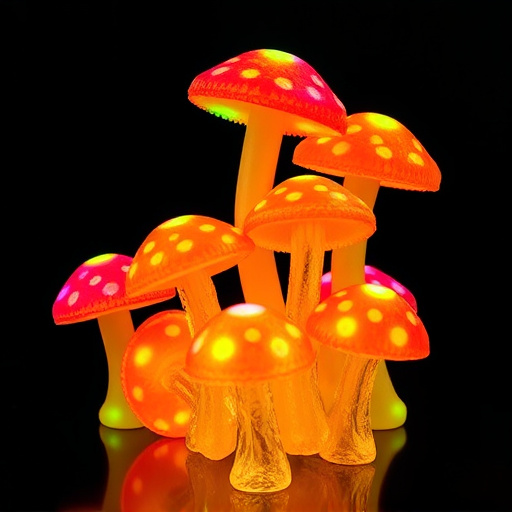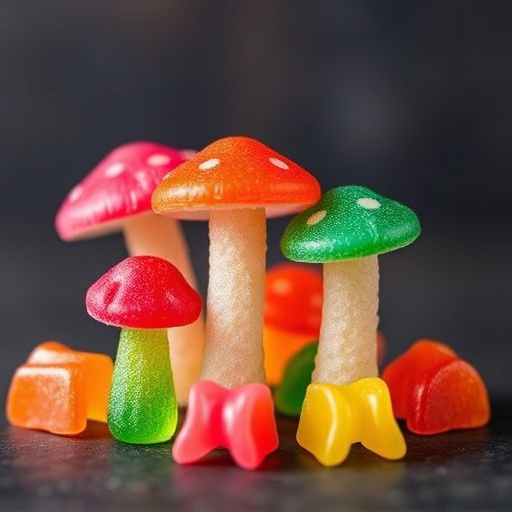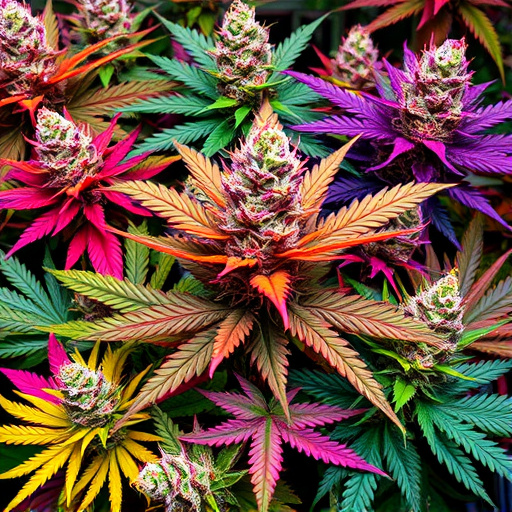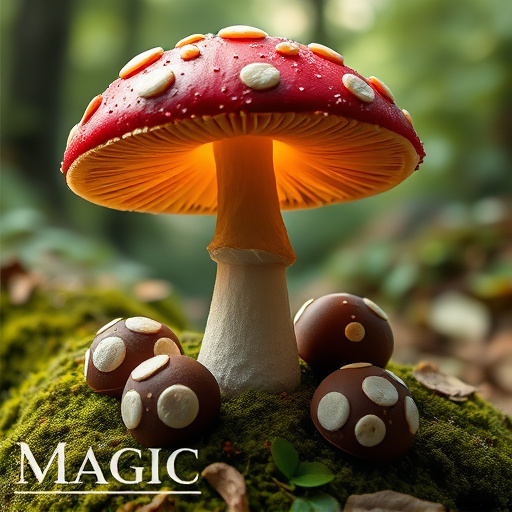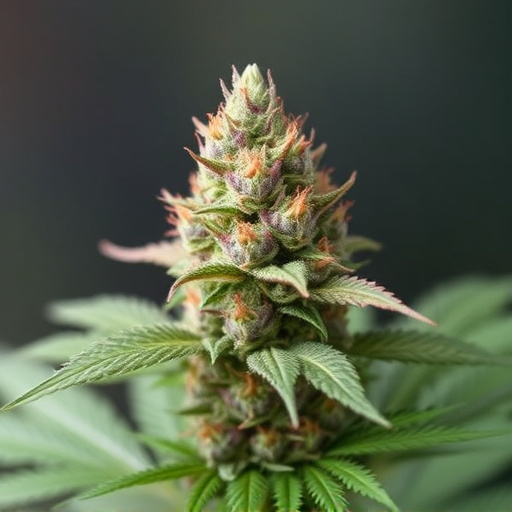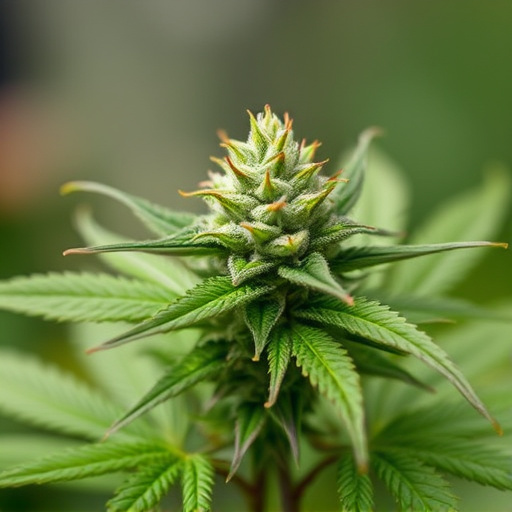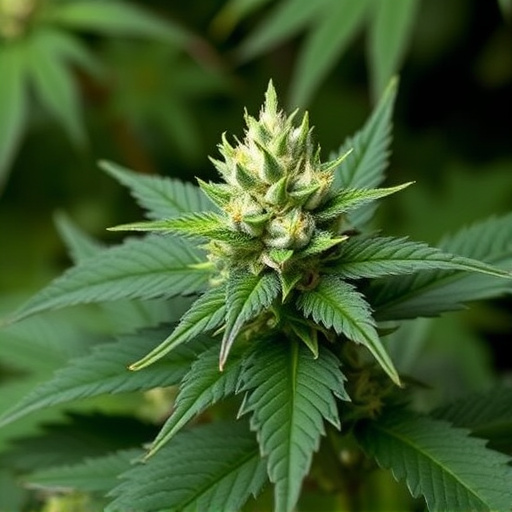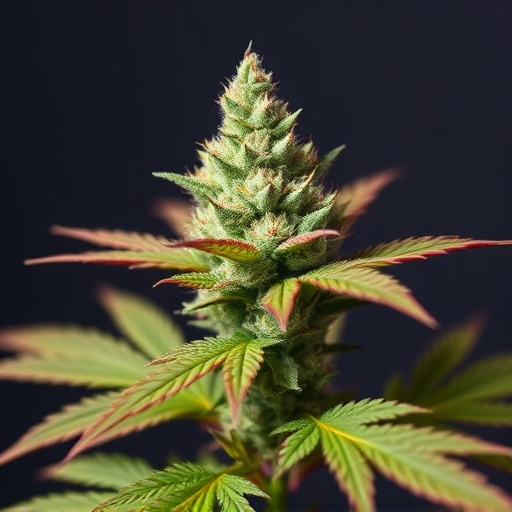This text explores the benefits and considerations of two cannabis cultivation methods: sun-grown and indoor farming, focusing on their suitability for producing best cannabis strains for anxiety relief. Sun-grown cannabis benefits from natural sunlight, fostering nutrient absorption and complex flavors, but faces outdoor challenges like pests and weather. Indoor cultivation offers a controlled environment with precise light and temperature manipulation, ensuring consistent cannabinoid profiles, though at higher costs. Sun-grown varieties often provide higher CBD levels sought after for anxiety, while indoor farming allows tailored THC and CBD ratios. For budget-conscious consumers seeking effective best cannabis strains for anxiety, sun-grown cannabis is generally more accessible.
In the realm of cannabis cultivation, the age-old debate between sun-grown and indoor farming rages on. This article explores the intricate dance between nature and technology in growing best cannabis strains for anxiety, delving into their respective pros and cons. From the benefits of sunlight to the controlled environments of indoor cultivation, we dissect how each method influences quality, cost, and accessibility, offering a comprehensive guide for consumers seeking top-tier cannabis for anxiety relief.
- Sun-Grown Cannabis: Benefits and Drawbacks
- Indoor Cultivation: Pros and Cons for Anxiety Relief Strains
- Comparing Growth Methods: Quality, Cost, and Accessibility of Cannabis for Anxiety
Sun-Grown Cannabis: Benefits and Drawbacks

Sun-Grown Cannabis offers a unique set of advantages, particularly in terms of natural growth and environmental impact. One of its key benefits is exposure to real sunlight, which can enhance the plant’s ability to absorb nutrients and produce potent compounds like THC and CBD. This natural process often results in cannabis with a more complex flavor profile and aroma, appealing to connoisseurs seeking distinctive experiences. Additionally, sun-grown plants tend to develop stronger root systems due to the consistent soil interaction, leading to healthier overall growth.
However, there are challenges associated with this method. Outdoor environments can be unpredictable, exposing cannabis to potential pests, diseases, and adverse weather conditions. Farmers must carefully monitor their crops, employing various organic pest control methods. Furthermore, controlling the growing environment is more difficult than indoor farming, making it harder to maintain consistent quality and yield. Despite these drawbacks, sun-grown cannabis enthusiasts argue that its natural cultivation preserves the plant’s inherent characteristics, including those sought after by consumers looking for effective relief from conditions like anxiety through best cannabis strains for anxiety.
Indoor Cultivation: Pros and Cons for Anxiety Relief Strains

Indoor cultivation offers a controlled environment for growing cannabis, which presents both advantages and disadvantages when it comes to anxiety relief strains. One of the primary benefits is the ability to precisely manipulate factors like light, temperature, and humidity, creating optimal conditions for specific strains known for their calming effects. This consistency ensures that patients or consumers can access consistently effective remedies for anxiety.
However, indoor growing also has its drawbacks. The cost of setting up and maintaining an indoor cultivation system can be steep, requiring significant investment in equipment and utilities. Additionally, some critics argue that indoor-grown cannabis may lack certain beneficial compounds found in outdoor-grown plants due to the controlled environment. Despite these considerations, many advocate for indoor cultivation as a viable option for producing high-quality, best cannabis strains for anxiety, catering to those seeking reliable access to therapeutic options without the variability of outdoor growing conditions.
Comparing Growth Methods: Quality, Cost, and Accessibility of Cannabis for Anxiety

When comparing sun-grown versus indoor cannabis, one key consideration is the quality and efficacy for treating anxiety. Both methods can produce high-quality cannabis, but there are differences to note. Sun-grown cannabis, benefiting from natural sunlight, often exhibits higher levels of CBD (cannabidiol), a compound known for its calming effects and popular for managing anxiety. This makes sun-grown cannabis an attractive option for those seeking best cannabis strains for anxiety relief.
On the other hand, indoor cultivation allows for more precise control over environmental factors like light spectrum, humidity, and temperature, resulting in consistent yields of specific cannabinoid profiles. While this might not always guarantee higher CBD levels, it enables growers to cultivate strains with optimal ratios of THC (tetrahydrocannabinol) and CBD, which are both beneficial for anxiety but differ in their effects. Cost-wise, indoor cultivation can be more expensive due to the advanced equipment required, while sun-grown cannabis is generally more accessible and cost-effective, making it a more budget-friendly option for those looking for effective treatments among best cannabis strains for anxiety.
When it comes to cultivating cannabis for anxiety relief, both sun-grown and indoor methods offer unique advantages. Sun-grown cannabis thrives in natural sunlight, providing a cost-effective and accessible option with distinct flavor profiles. However, its outdoor nature exposes plants to potential pests and environmental variables. Indoor cultivation, while offering control over climate and security, can be more expensive and limited in terms of space. Nonetheless, it consistently produces high-quality crops, especially for specific anxiety strains. Ultimately, the best cannabis strains for anxiety relief depend on individual preferences, with both growing methods contributing to a diverse market aimed at promoting natural wellness solutions.


